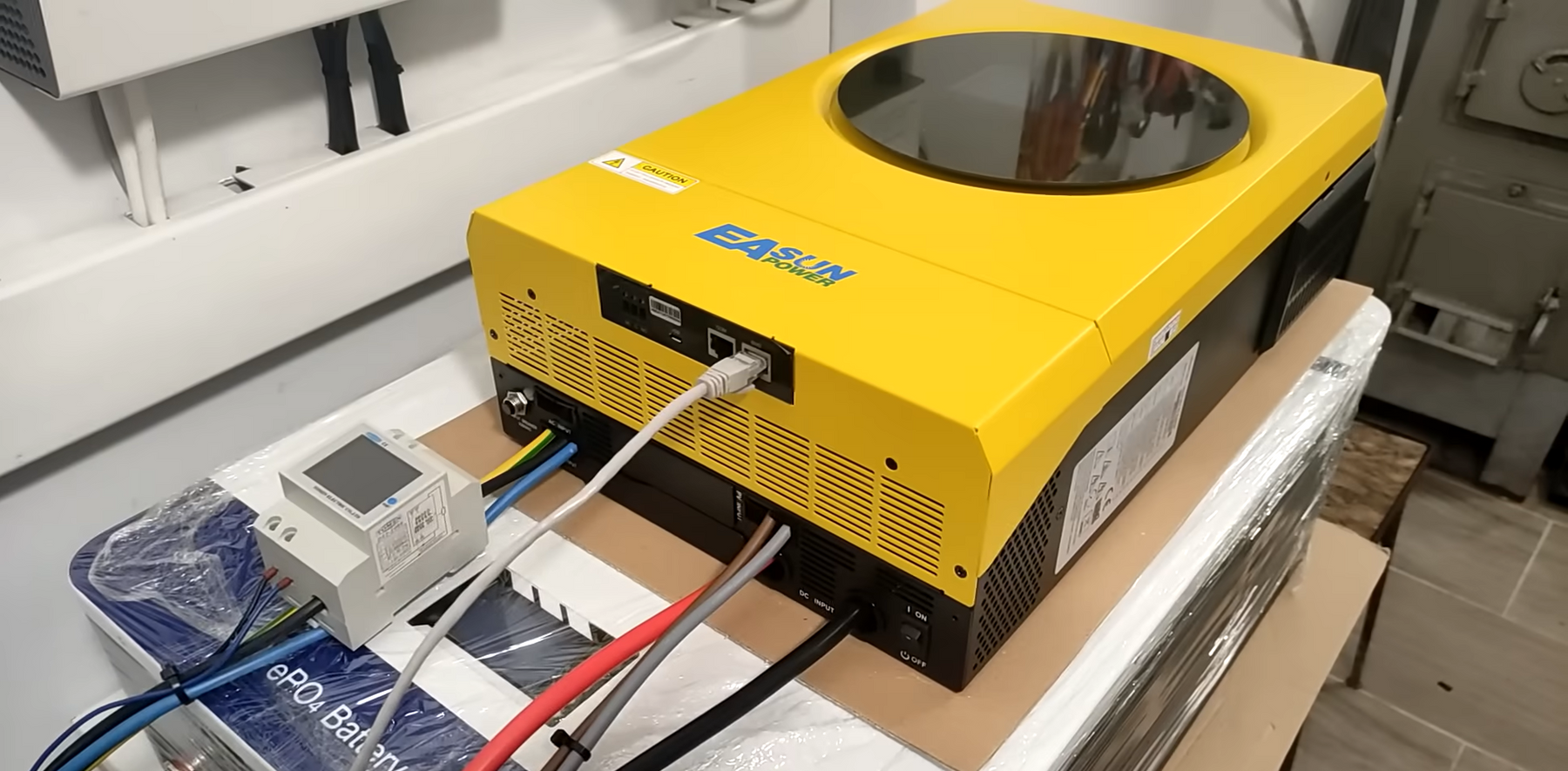
How Temperature Affects Solar Inverters: Heat vs. Cold
The efficiency and reliability of solar inverters are significantly influenced by temperature. But how?
Let's look into how different temperatures act on your solar inverter
How Does Heat Affect a Solar Inverter?
Heat significantly impacts the performance and lifespan of solar inverters by increasing thermal stress on electronic components.
When temperatures rise, the efficiency of a solar inverter decreases. Semiconductor materials in the inverter's circuitry experience increased resistance as they heat up, leading to more energy being lost as heat rather than converted into electricity. This inefficiency reduces the overall output of the solar power system and generates additional heat, worsening the problem.
Prolonged exposure to high temperatures causes thermal degradation of the inverter's components. Capacitors, for instance, are particularly sensitive to heat. Over time, high temperatures can cause these components to wear out faster, leading to potential failures and replacements. This degradation shortens the inverter's lifespan and increases maintenance costs.

How the Cold Affects a Solar Inverter
Cold temperatures also present issues for solar inverters, affecting performance and the physical integrity of components.
In colder conditions, chemical reactions within the inverter's battery (if present) slow down, reducing efficiency and capacity. This slowdown is problematic for off-grid solar systems relying on battery storage. Additionally, the viscosity of the electrolyte in capacitors can increase in the cold, potentially leading to reduced performance or damage.
Extremely cold temperatures cause thermal contraction of materials within the inverter. This contraction can lead to physical stress and potential cracking of solder joints and other connections. Over time, these micro-damages can accumulate, leading to failures and the need for repairs.
Cold temperatures are generally less detrimental to solar inverters compared to extreme heat. Many inverters are designed to operate efficiently within a range of low temperatures.

At What Temperature Do Solar Inverters Derate?
Derating is the process by which a solar inverter reduces its output power to prevent overheating and protect its components. This self-protective mechanism ensures the inverter does not operate beyond its safe thermal limits.
For most solar inverters, derating begins at around 45°C to 50°C (113°F to 122°F). When the temperature reaches this range, the inverter will gradually reduce its output to prevent overheating. This reduction in output can affect the overall efficiency of the solar power system, especially during periods of high solar irradiance when the system generates the most power.
What is the Best Temperature for an Inverter?
The optimal operating temperature for a solar inverter is typically within the range of 20°C to 25°C (68°F to 77°F). At this temperature range, the inverter's components can function efficiently without significant thermal stress or degradation. Maintaining the inverter within this range helps ensure optimal performance and longevity.
To achieve and maintain this ideal temperature range, several strategies can be employed:
- Install the inverter in a shaded area or indoors to avoid direct sunlight and extreme temperatures.
- Ensure good ventilation around the inverter to help dissipate heat.
- Use cooling systems like heat sinks, fans, or liquid cooling systems.
- Regularly maintain cooling systems to ensure they work properly.
- Frequently check the inverter's temperature and performance.
- Upgrade or replace cooling components as needed to maintain optimal temperature.
Final Words
Both extreme heat and cold can negatively impact their efficiency, reliability, and lifespan. High temperatures can lead to thermal degradation and reduced efficiency, while cold temperatures can cause physical stress and reduced battery performance. If you get to understand the temperature thresholds at which inverters derate and the optimal operating temperatures, you can easily take proactive measures to protect your inverters and let the systems operate at peak efficiency.

Dejar un comentario